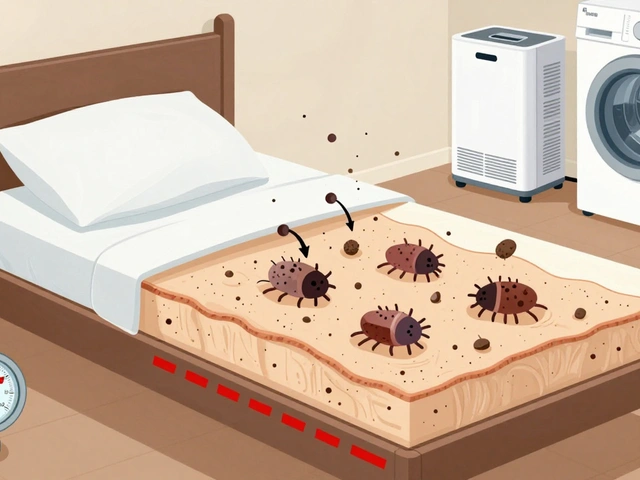Wilson's Disease: Symptoms, Treatments, and What You Need to Know
When your body can't get rid of excess copper, it starts stacking up in your liver, an organ that filters toxins and helps process nutrients and brain, the control center for movement, speech, and thought. This is what happens in Wilson's disease, a rare inherited disorder that stops the body from properly removing copper. It’s not something you catch—it’s something you’re born with. If left untreated, that copper buildup can cause serious liver damage, neurological problems, or even death. But with early detection and the right treatment, most people live normal lives.
Wilson's disease usually shows up between ages 5 and 35. Early signs might be easy to miss: fatigue, nausea, or a sudden change in mood. But as copper builds up, you might notice tremors, trouble speaking, stiff muscles, or yellowing of the eyes. Some people develop a rusty-colored ring around their cornea—called a Kayser-Fleischer ring—something doctors check for with a simple eye exam. Blood and urine tests measure copper levels, and a genetic test can confirm the diagnosis. The good news? There are effective treatments. Chelation therapy, a treatment that binds copper so your body can flush it out is the first line of defense. Drugs like penicillamine or trientine pull copper out of your tissues. Zinc supplements also help by blocking copper absorption from food. And yes, you’ll need to watch what you eat—avoiding shellfish, nuts, chocolate, and organ meats can make a big difference.
People with Wilson's disease often need to take medication for life. Skipping doses or stopping treatment can lead to a dangerous spike in copper levels. Regular blood tests and liver scans are part of the routine. Family members should be tested too, since it’s inherited in an autosomal recessive pattern—you need two copies of the faulty gene to get it. If you’ve been diagnosed, or if someone in your family has, knowing the signs and acting fast matters more than you think. The posts below cover everything from how chelation therapy works to what happens when Wilson's disease affects the brain, how it compares to other liver disorders, and real-life management tips from patients who’ve been there. You’ll find clear, practical info—not theory, not fluff—just what you need to understand, manage, or support someone with this condition.





